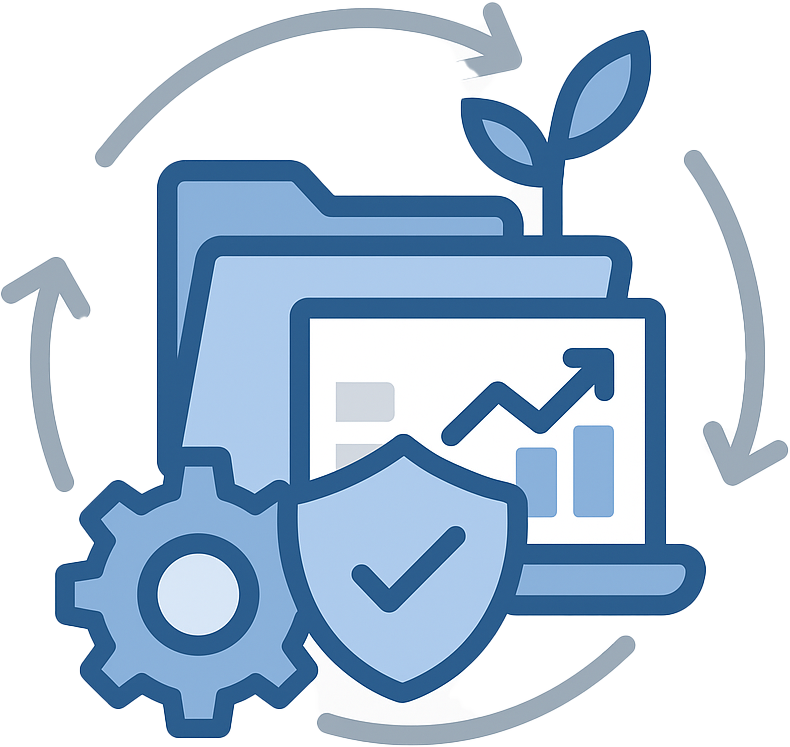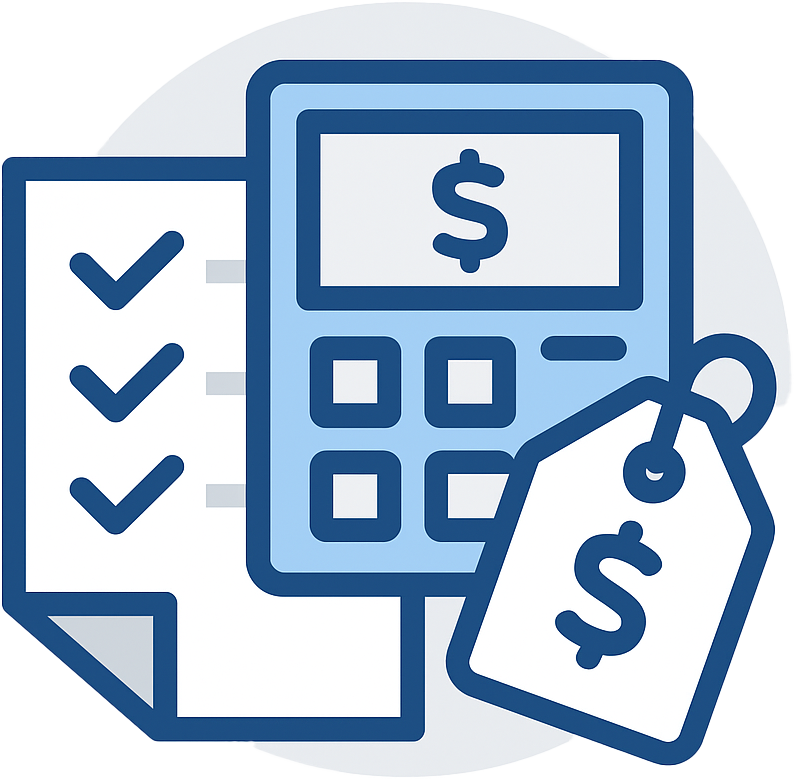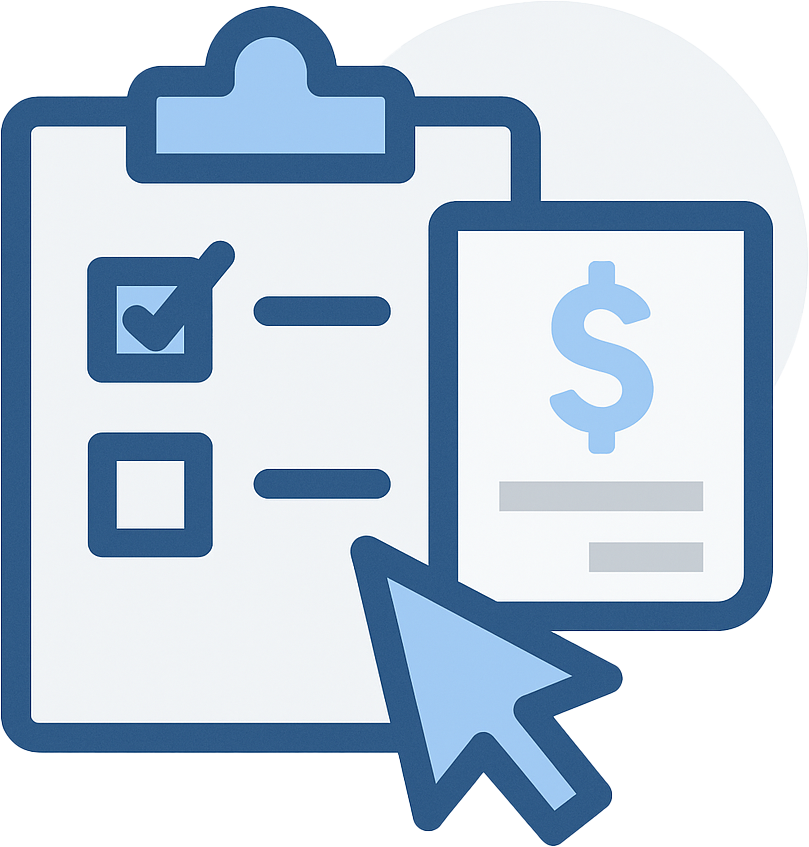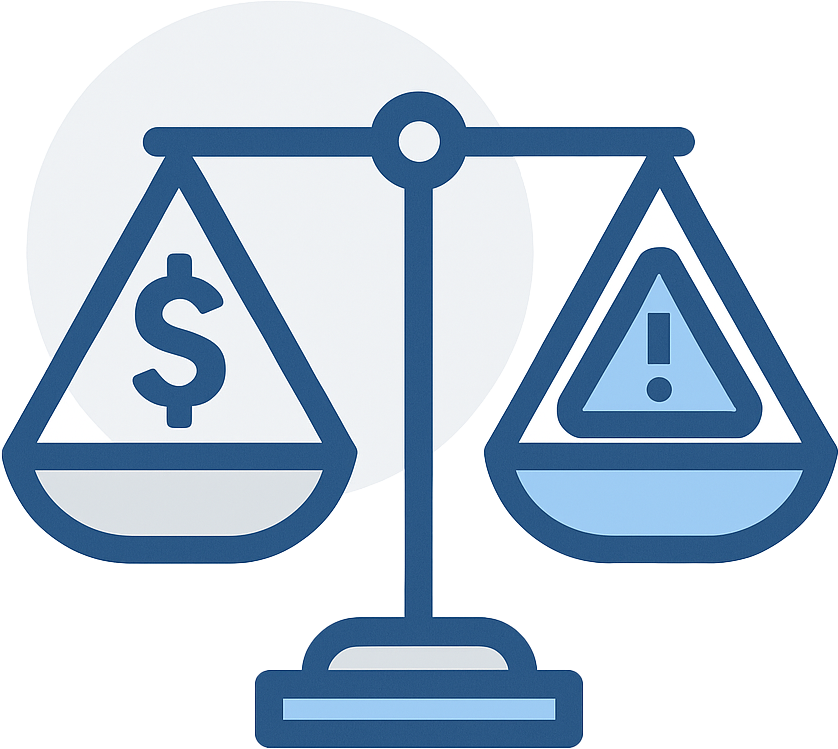Why Your NPDES Monitoring Reports Don't Make Any Sense (and How to Fix That)
If you’ve ever opened an analytical report from your lab and felt your eyes glaze over, you’re not alone. We talk to facility managers, business owners, and EHS directors all the time who say the same thing: “I got this report, but I’m not exactly sure what it means.”
That uncertainty can be dangerous. Misinterpreting (or ignoring) your lab data isn’t just a paperwork mistake. It can lead to regulatory violations, fines, or worse... serious risks to your facility, your employees, and the environment.
And here’s the kicker: regulators don’t care if you “didn’t understand.” They expect you to know what the data says and take action when it reveals a problem.
That’s exactly why so many clients call us. At RMA, we specialize in translating those dense, technical reports into clear next steps. If you’re staring at a stack of lab results right now and wondering whether you’re in compliance, contact us here before it becomes a bigger problem.
Table of Contents
So... What’s Actually in an NPDES Analytical Lab Report?
Analytical reports are not written for everyday readers. They’re written for chemists, regulators, and scientists. Which is why they often look more like gibberish than useful information.
Most reports include:
- Tables full of results. Rows of numbers with chemical names, concentrations, and units that may not mean much to you at first glance.
- Detection limits. These often show up as “ND” (non-detect), but that doesn’t mean zero. It just means the concentration is lower than the lab’s ability to measure.
- Method references. You’ll see acronyms and codes like EPA 8260 or 624. If you don’t live in that world, you’ll have no idea what they mean.
- Comparisons to standards (sometimes). Some labs will compare results to regulatory thresholds, others won’t. If they don’t, you’re left guessing whether your results are acceptable.
- Narrative notes. A chemist might provide explanations about interferences, quality control checks, or hold times. Most non-chemists skip this section... but it can completely change how results should be interpreted.
In other words, the data itself is just the beginning. The real work is in understanding what those numbers mean for your facility’s obligations.

The Top Mistakes: How Misreading Your NPDES Lab Report Creates Serious Compliance Risks
We’ve seen plenty of real-world examples where a misread report put companies in hot water. Here are some of the most common mistakes:
Thinking “Non-Detect” Means Zero
A non-detect simply means the substance wasn’t present above the lab’s reporting limit. That doesn’t mean it wasn’t there at all. And sometimes, that reporting limit is higher than the regulatory limit you’re actually required to meet.
For example, if your permit requires you to be below 0.002 mg/L for a certain metal, but your lab’s detection limit is 0.005 mg/L, an “ND” result could still mean you’re out of compliance - and possibly subject to a fine!
Missing an Exceedance Hidden in the Fine Print
Analytical reports can span dozens of pages. If you don’t carefully check every line, it’s easy to miss a value that exceeds state or federal standards. Regulators won’t miss it... and once they see it, you’re already on the defensive.
Misunderstanding State-by-State Differences
A result that looks fine in one state might trigger a violation in another. We often see clients with facilities in multiple states accidentally apply the wrong standard, not realizing that regulations can vary dramatically. Don't fall into the trap of thinking "that result was fine at our other facility, so I'm sure we're fine here too"!
Ignoring Lab Flags or Notes
Labs include “flags” in reports to indicate possible issues with a result. Many people skip right over them. But those flags may be the difference between a valid result and one that regulators could challenge.
Bottom line: if you don’t catch these details, regulators will. And once they do, the conversation shifts from “what should I do about this?” to “why didn’t you fix this sooner?”

Real-World Example: When NPDES Lab Reports Are Misread
One client came to us after years of self-managing their stormwater sampling. They thought their reports looked fine - no big red flags, lots of “NDs,” and numbers that seemed small.
Unfortunately, regulators didn’t see it that way. During a routine inspection, they compared the results to the facility’s stormwater permit and found multiple exceedances that the company had completely missed.
The result? Thousands of dollars in fines, mandatory corrective actions, and months of back-and-forth with the state agency.
Had they brought those reports to us earlier, we could have flagged the exceedances immediately, helped them adjust their practices, and likely avoided the fines altogether.
This is why we say: analytical reports are not just numbers on a page - they’re compliance landmines if misread.
Why Having an Expert NPDES Lab Report Review Matters
We’re not saying you can’t learn to read lab reports. Some facility managers do a pretty good job of it. But the reality is, most business owners and EHS staff don’t have the time (or desire) to become part-time chemists.
That’s where we come in. When you work with RMA, we don’t just hand you a summary, we explain what the data means for your specific facility, in plain language. We’ll tell you whether you’re compliant, what needs immediate attention, and what steps to take next.
Think of us as your translator. The lab gives you numbers. We give you the roadmap.

The Risks of Interpreting Your NPDES Results Alone
If you’re tempted to DIY your report review, consider the risks:
- Regulatory fines. Missing a violation can easily lead to thousands - or tens of thousands - in penalties.
- Reputational damage. Once regulators view your facility as “problematic,” you’ll be under more scrutiny moving forward.
- Wasted money. Misinterpreting data can lead you to spend money on fixes you didn’t need, while ignoring problems that actually matter.
- Legal exposure. In serious cases, misreading data could open your company up to lawsuits or liability claims.
We’ve even seen situations where a business thought their data was fine, only to discover years later they’d been noncompliant all along. By then, fixing it was far more expensive than doing it right from the start.
How We Help Clients Avoid NPDES Mistakes
In the field, we’ve helped clients:
- Spot violations before regulators do and fix them proactively
- Differentiate between “nice to know” data and “must act now” results
- Build an action plan that keeps regulators satisfied and facilities safe
- Sleep better at night knowing their reports have been reviewed by people who live and breathe compliance
This is the value of leaning on experts. You don’t just get peace of mind, you get protection.

Related Situations Where Environmental Reports Trip People Up
Misreading analytical reports isn’t just a lab problem. It ties into bigger compliance issues we see every day:
- Stormwater compliance. Sampling is required under most permits, and reports must be interpreted correctly.
- TRI reporting. Knowing what chemicals are present, and at what concentrations, feeds directly into your annual TRI reporting requirements.
- SPCC plans. Misunderstanding your oil data could put you out of compliance with SPCC rules.
- Waste classification. Analytical results determine whether a waste is hazardous. Get that wrong, and you could be illegally disposing of hazardous waste.
These are not small issues. They’re the core of environmental compliance, and they all hinge on correctly interpreting data.
Don’t Let an NPDES Lab Report Become a Liability
Here’s the truth: nobody signs up to run a business or manage a facility because they love reading lab reports. And yet, regulators expect you to understand every number and note. The problem is, one missed line can turn into fines, inspections, or months of corrective action you never saw coming.
You’re not alone if this feels overwhelming. We hear it all the time: “I’m just not sure what this report is telling me.” And that’s exactly why we’re here. At RMA, we’ve helped hundreds of companies translate their analytical results into plain English, spot problems before regulators do, and build clear action plans that keep them compliant.
So if you’ve got a report on your desk right now that makes you uneasy, don’t guess and don’t wait. Contact RMA today, and we’ll walk through it with you. It’s faster, easier, and far cheaper than dealing with violations after the fact.














